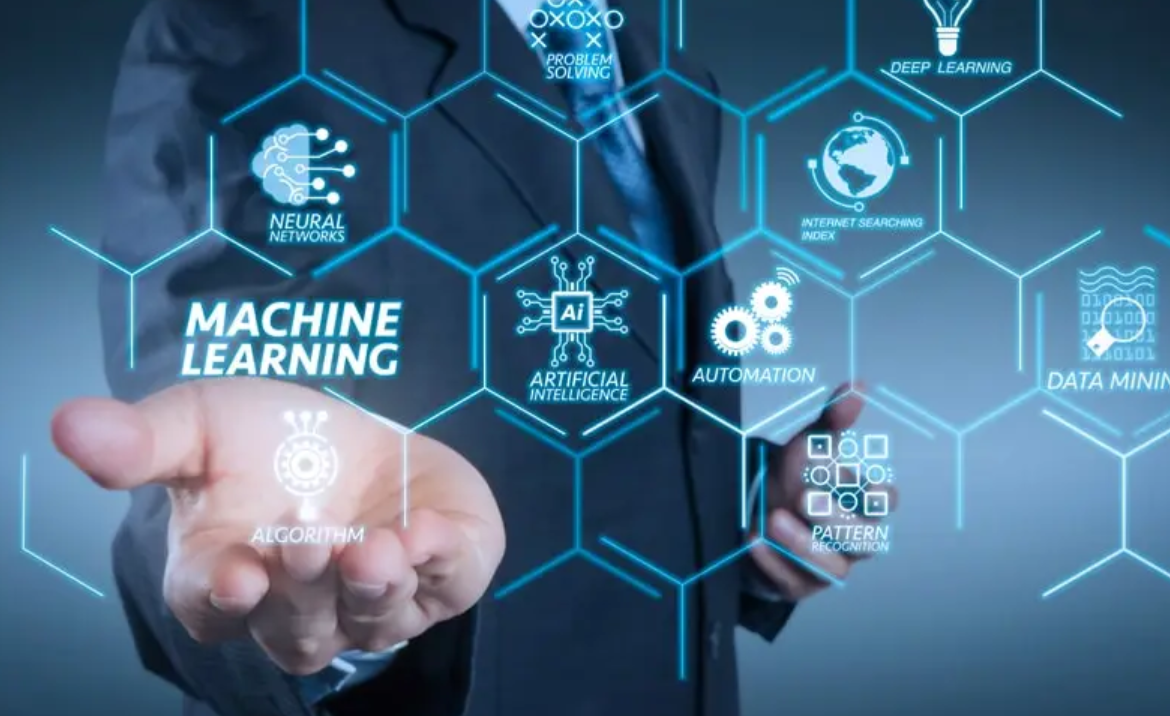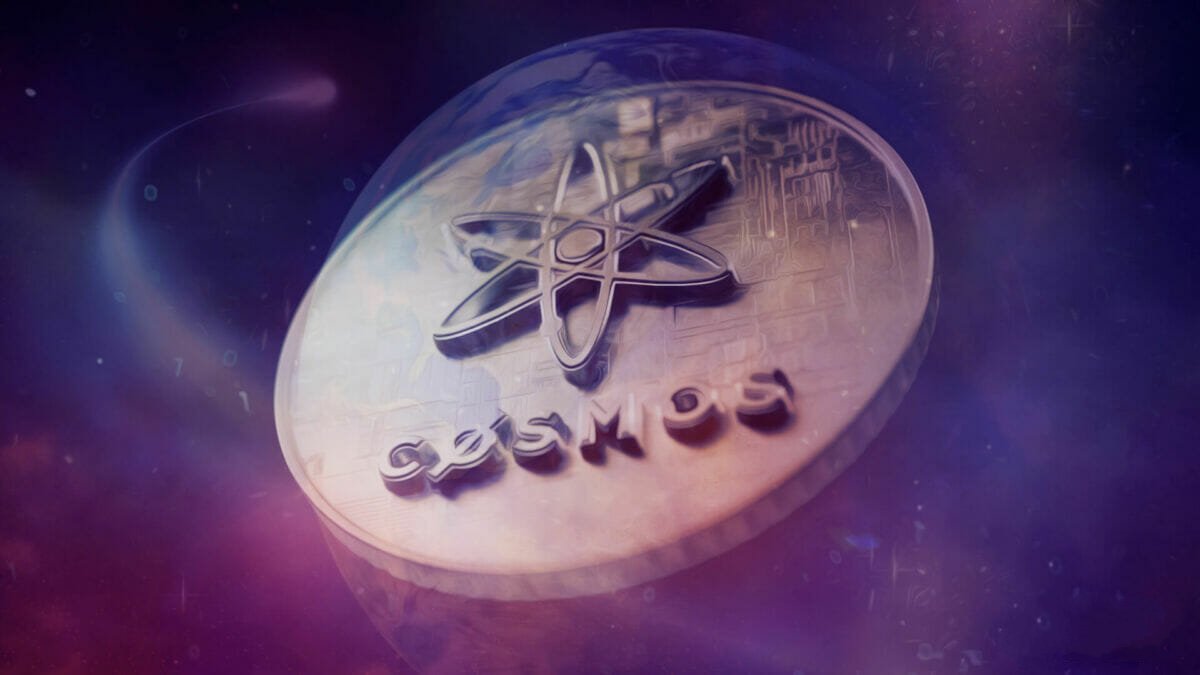Top Ten Most Popular Machine Learning Algorithms – Be aware of these top ten widely used machine learning algorithms that can help improve your skills in 2023. These days, there are a plethora of different sorts of machine learning algorithms. Some of these algorithms can assist computers in performing surgery, playing chess, and becoming more and more human-like. Others can help computers learn how to play chess.
Top Ten Most Popular Machine Learning Algorithms
In these extremely dynamic times, various machine learning algorithms have been developed for a variety of difficult real-world circumstances. These Top Ten Most Popular Machine Learning Algorithms were designed for use in these times. These algorithms are highly automated and self-modifying due to the fact that there is little need for human interaction and they improve with the addition of new data.
The four categories of machine learning algorithms are known as supervised learning, unsupervised learning, semi-supervised learning, and reinforcement learning. Tell us about the top 10 most widely used machine learning algorithms and how they can help improve your skills.
The Linear Regression Model The linear regression model is a popular method for predicting a quantitative response because it is both easy and effective. It is a fantastic place to begin when dealing with the difficulties of regression.

Logistic regression is a classification algorithm that is used to make predictions about binary outcomes (1 or 0, Yes or No, True or False).
Top Ten Most Popular Machine Learning Algorithms Decision Trees are a non-parametric method of tree-based classification and regression that is included in the category of decision trees. In addition to being straightforward to visualize and understand, they are able to manage high-dimensional classification tasks that involve multiple classes. While the core nodes are evaluated based on a variety of characteristics, Top Ten Most Popular Machine Learning Algorithms the leaf nodes represent the decision that was reached after computing all of the features. The branches of the tree are meant to represent the results of the tests.
Random Forests: An ensemble technique known as random forests combines a number of different decision trees in order to get forecasts that are more dependable and precise. They are utilized quite commonly for problems involving classification and regression. In the Random Forests Algorithm, a variety of statistical probabilities are each represented by a distinct number of decision trees.The top Ten Most Popular Machine Learning Algorithms model consists of a single tree, but all of these trees have been mapped to that model. (Trees Used for Classification and Regression Analysis)
K-Nearest Neighbors (KNN) is a technique that is employed in regression and classification. KNN is a non-parametric, slow learning method. It maintains a record of all of the existing examples and sorts newly discovered cases according to a similarity metric (e.g., distance). The data points are organized into categories by the K Nearest Neighbors Algorithm according to a measure analogous to the distance function.
Support Vector Machines (SVM) is a powerful, flexible, and widely used supervised learning method. SVM can learn from examples given to it. In spite of the fact that it can be utilized for classification as well as regression activities, the classification tasks are the ones that are utilized the most.
The Naive Bayes algorithm is an example of supervised learning. The Naive Bayes method is uncomplicated yet still produces accurate results, Top Ten Most Popular Machine Learning Algorithms and it may be utilized in classification as well as regression settings. It is grounded in the Bayes theorem and makes the strong assumption that characteristics are not dependent on one another.
Gradient Boosting: A method known as gradient boosting is an ensemble strategy that combines numerous weak learners in order to build a strong learner. It is a popular method for use in classification and regression tasks, and it has proven to be useful for a wide variety of problems.
Artificial Neural Networks (ANN): It is feasible to use ANNs, a complex and successful form of supervised learning, for both classification and regression issues. ANNs can be found under the acronym ANN. Top Ten Most Popular Machine Learning Algorithms The structure and operation of these networks are based on the human brain, and as such, they consist of a number of interconnected nodes. Facial recognition technology is an illustration of an artificial neural network in action. Images that do not contain human faces can be identified and distinguished from those that do contain human faces.
K Means: It is a method for unsupervised learning that solves problems with clustering and consists of the letter K. Data sets are partitioned into a predetermined number of clusters, which we will refer to as K, in such a way that the data points contained within each cluster are consistent with one another and distinguishable from the data points contained within the other clusters.
In conclusion, if you want to pursue a career in machine learning, you should get started as soon as possible. The field is growing, Top Ten Most Popular Machine Learning Algorithms and the sooner you can gain an understanding of the capabilities offered by machine learning techniques, the sooner you will be able to address complex problems that arise in the workplace.





